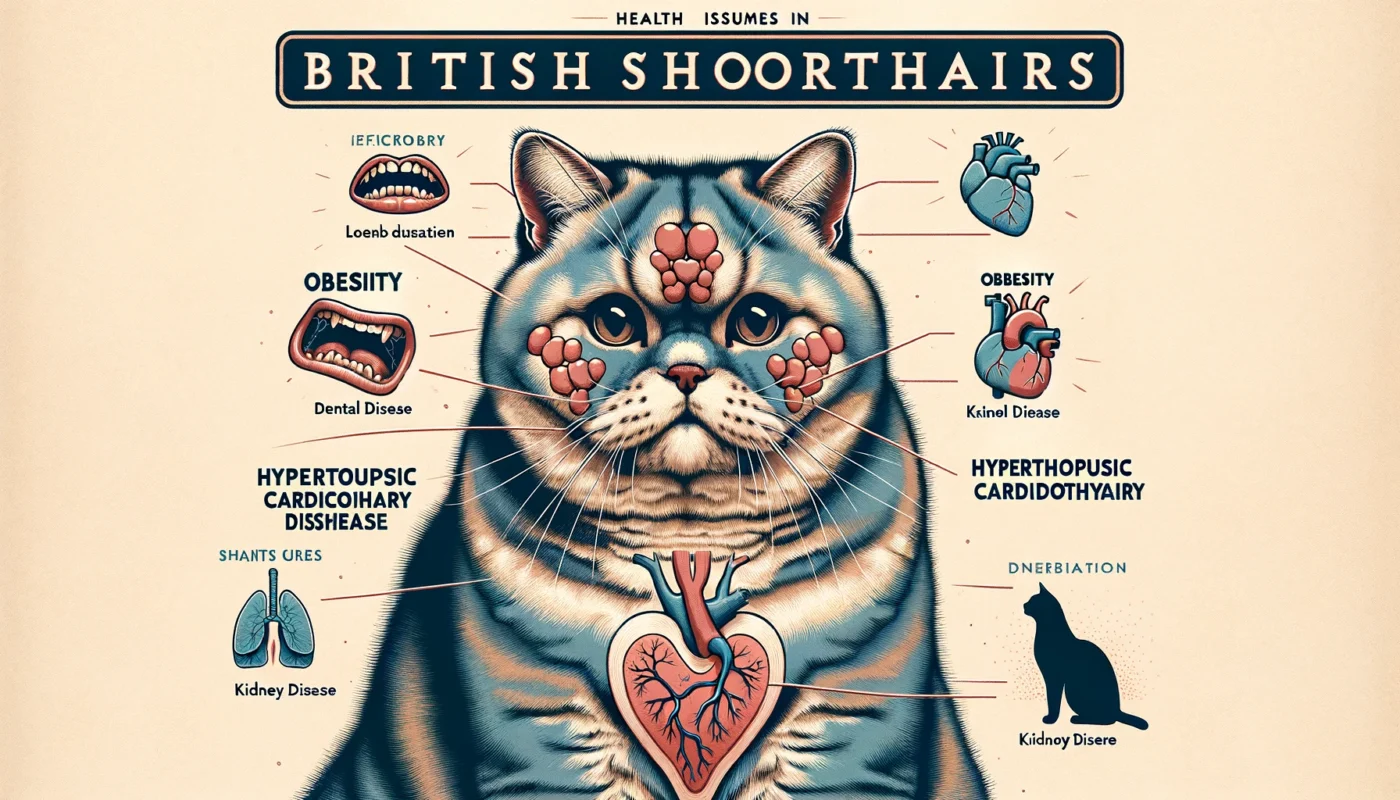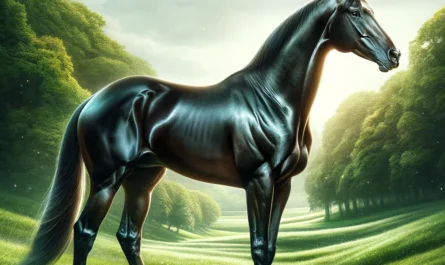Introduction to British Shorthairs
Overview of the Breed
The Charm of British Shorthairs
Personality Traits
British Shorthairs are the epitome of equanimity in the feline world, embodying a serene disposition that endears them to everyone they meet. These cats are known for their unflappable nature, seldom perturbed by the hustle and bustle of a busy household. They possess a dignified yet playful spirit, making them perfect companions who are content with simply being in your presence. British Shorthairs don’t demand constant attention, but they do enjoy affection on their terms, often seeking out a warm lap or a gentle stroke. Their intelligence and independent streak mean. They are as happy playing with a puzzle toy as they are lounging in a sunny spot. This blend of autonomy and sociability makes them ideal pets for families, singles, and seniors alike, adapting seamlessly to various living situations and routines.
Compatibility with Families and Other Pets
The British Shorthair’s adaptable and affable nature makes it an excellent match for families with children and other pets. These cats typically show remarkable patience and tolerance towards children, often becoming a gentle playmate and protectors. Their sturdy build allows them to handle the occasional clumsiness of young hands, though supervision is always advised to ensure respectful interactions. Similarly, British Shorthairs generally get along well with other cats and even dogs, especially if introduced properly and early in life. Their calm demeanor helps them to integrate into a multi-pet household, making them a harmonious addition rather than a source of tension. This breed’s sociable yet non-domineering personality ensures that it can coexist with other animals in peace, often forming close bonds with furry siblings.
Varieties in Color and Coat
One of the most visually striking features of the British Shorthair is its dense, plush coat, which comes in an astonishing variety of colors and patterns, making each cat uniquely beautiful. While the classic British Blue, with its rich, grey-blue coat and deep orange eyes, is perhaps the most iconic, the breed showcases a rainbow of other hues. These include pure whites, deep blacks, creams, and a range of silvers, golds, and coppers, not to mention the various patterns such as tabby, shaded, and bi-color. The breed’s coat is not only a marvel of color but also of texture, being thick and luxurious to the touch, providing a tangible sense of their robust health and well-being. This diversity allows potential owners to find a British Shorthair that not only matches their personality but also their aesthetic preferences, making these cats a popular choice for both show and companionship.



My brother recommended I might like this website. He was entirely right. This post truly made my day. You cann’t imagine just how much time I had spent for this information! Thanks!